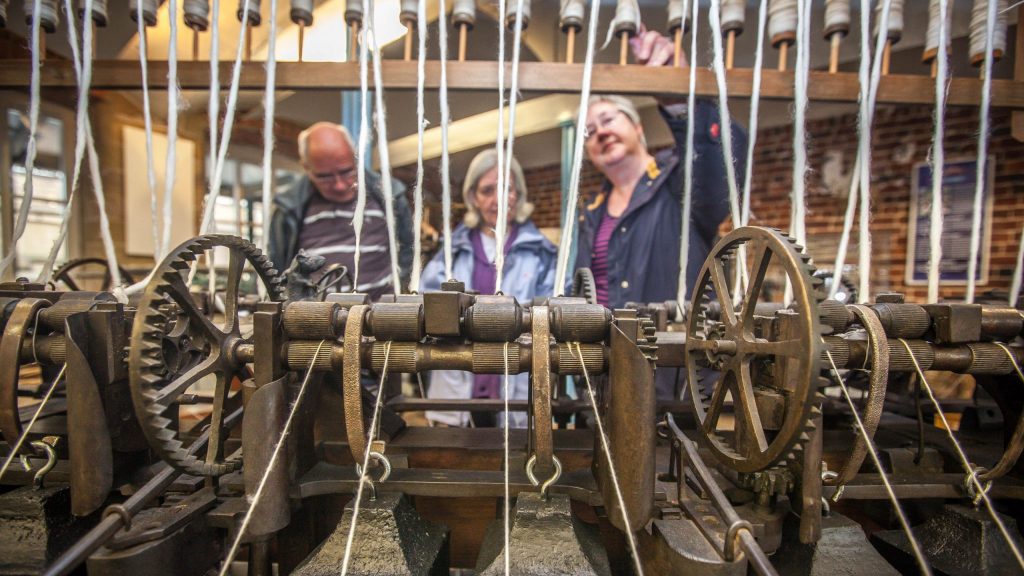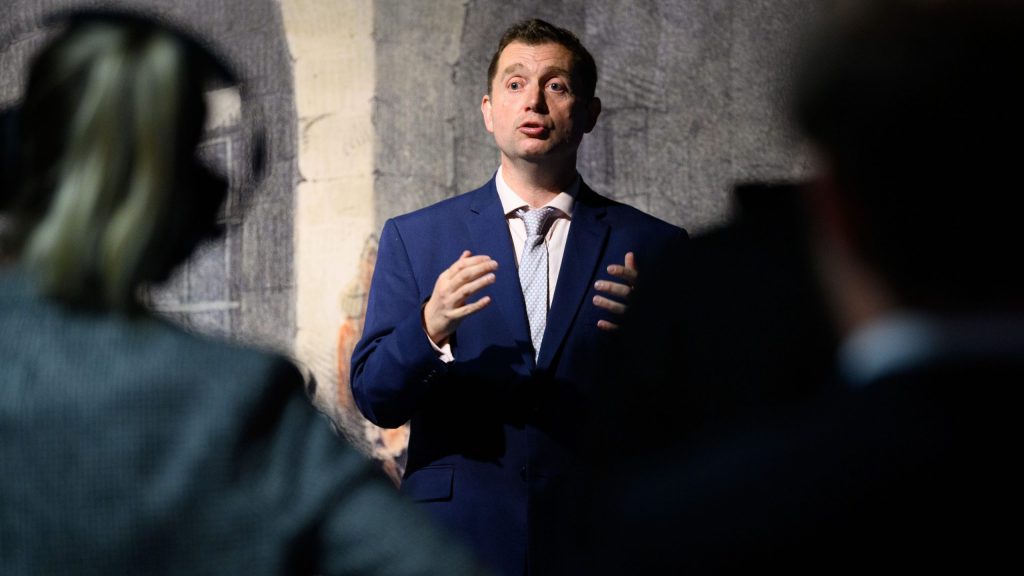Museums feel the pinch of the cost of living crisis
We’ve all now started to feel the pinch of the worst cost of living crisis since the 1970s. Energy bills have soared by 54% since April and are due to increase again in October. National Insurance payments have risen by 1.25 percentage points. Prices of food, goods and utilities are surging, driven by global supply chain issues caused by Brexit, the pandemic and the war in Ukraine.
Although museums are more shielded from some of these impacts than many industries, they still face a daunting range of challenges arising out of the crisis. Public funding is being stretched more thinly in an already-under-resourced sector that has barely started to recover post-pandemic.
Local governments in the four nations of the UK have all received increased settlements in line with inflation this year, but publicly funded institutions are finding that these increases are not being passed on. “There is no staff and no budget,” says one curator at a Welsh local authority museum.
Many councils are cutting back on their culture and heritage spending, recalling the austerity years of the 2010s; in May, Stoke on Trent City Council made a dozen staff redundant from Gladstone Pottery Museum to save £479,000 from its annual heritage bill, while Strutt’s North Mill Museum on Belper world heritage site in Derbyshire is to close after the local council withdrew its £50,000 grant.

UK museums that attract large numbers of overseas tourists are also feeling the pinch. Tourism in London, for example, may not return to pre-pandemic levels until the middle of the decade, according to analysis published at the start of the year by the Mayor of London, Sadiq Khan. The analysis found that the number of overnight stays made by tourists to the capital more than halved to 60.8m in 2020, with a spend of £3.8bn, compared to 147.4m overnight visits and spending of £18.8bn in 2019.
Tourism agency VisitBritain launched a campaign to drive back inbound tourism earlier this year. The Welcome to Another Side of Britain initiative is targeted at Britain’s cities, which have been hit hard by the absence of international visitors.
Meanwhile, competition for grant funding is higher than ever and will be spread much more thinly; applicants are being advised to ask for larger amounts to account for expected price hikes in the coming years. For a museum undertaking a capital development or even just routine maintenance, costs are rising almost weekly.
“We know that we’re heading towards some really deep issues,” says the director of one large museum trust. “It’s a massive ticking time bomb.”
Museum suppliers are also under pressure, and these costs are being passed on. The price of materials such as steel and wood has doubled in a matter of months, delivery costs are soaring and waiting times are rising.
Working with suppliers
“We’re definitely feeling it, there’s no two ways about it,” says David Green, director of London’s Florence Nightingale Museum, which reopened in May after closing to safeguard its future during the pandemic. “Our contractors are being hit by the rising cost of raw materials like Perspex or anything coming from China – everybody’s after it because there’s a shortage.
We have a fantastic relationship with our suppliers, and they’ve recommended we stock up on certain things because next time they’ll be more expensive.”
Museums’ commercial operations are also taking a hit, with items for resale such as shop merchandise and food products particularly affected and profit margins growing narrower.

Some institutions are reporting that spend per head – which rose noticeably after lockdown as people celebrated being out and about again – is now falling as visitors tighten their belts.
Green says the current crisis has validated what was a difficult decision to partially mothball the museum during Covid.
“I’m long in the tooth these days,” he says. “I’ve seen periods of inflation and tight spending before. I saw a lot of this coming and wanted to protect our resources as much as we could knowing there would be a famine period on the way. We made some decisions that were tough, based on experience.”
The crisis is not just taking a toll on institutions; there are significant human impacts, both on the museum sector workforce and its audiences. Many cultural institutions are not in a position to offer pay rises to their workers in line with rocketing inflation, leaving employees who were already burnt out by the pandemic now struggling to pay the bills.
Being flexible
Even with their hands tied on pay, some museums are rethinking the workplace benefits they offer to protect staff wellbeing and mitigate financial pressures. This includes maintaining a flexible approach to hybrid working – one of the few silver linings of Covid – enabling people to save on travel costs, as well as introducing simple measures such as a moratorium on important meetings over the school holidays to ease childcare demands.
More radical steps are also being considered – one institution is looking at a four-day week, as well as flexible contracts that would allow staff to “get the best of both worlds” by working for museums while pursuing opportunities in better remunerated sectors.
There is also a moral imperative to the crisis. With around a third of children in the UK now estimated to be living in poverty (see p13), government-funded cultural venues have a duty to remain accessible to all and to try and avoid passing rising costs on to the public. Audiences that are already under-represented in museums, including ethnic minority and working class groups (see p14), are also those most likely to be affected.
Tailored offers
Some museums are tailoring their offer to ensure that these groups still have access to a relatively low-cost leisure activity. A number of venues now distribute free entry tickets in food bank parcels; one institution has started to change its entry price model, enabling parents to access children’s spaces cheaply.
In line with its remit to serve the nursing community, the Florence Nightingale Museum is working with a nursing foundation to offer targeted support to those in hardship.
“We do want to be mindful of supporting our community,” says Green. “Nursing is a role where people don’t earn a fortune.”
The museum has also frozen prices for local school groups. “We’re trying to target the people who need it most and take the hit to our margins,” he adds.
Despite these challenges, Green is confident that the museum’s prudence means it is in a good position to see the crisis through. Echoing other small venues, he says a supportive board and an ability to be “agile” during unpredictable times have been crucial to its success.
But there’s unlikely to be much time to pause for breath in the next few months. “Everybody’s got to keep their eyes open,” he says. “You do wonder when the end will come.”
